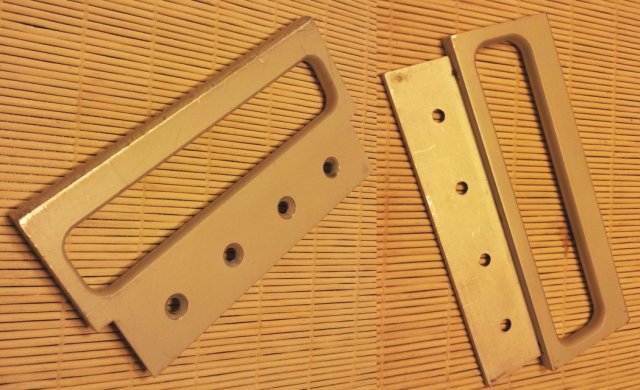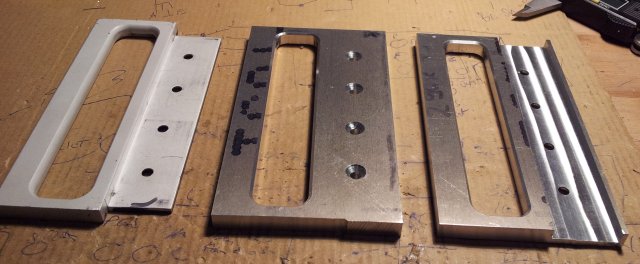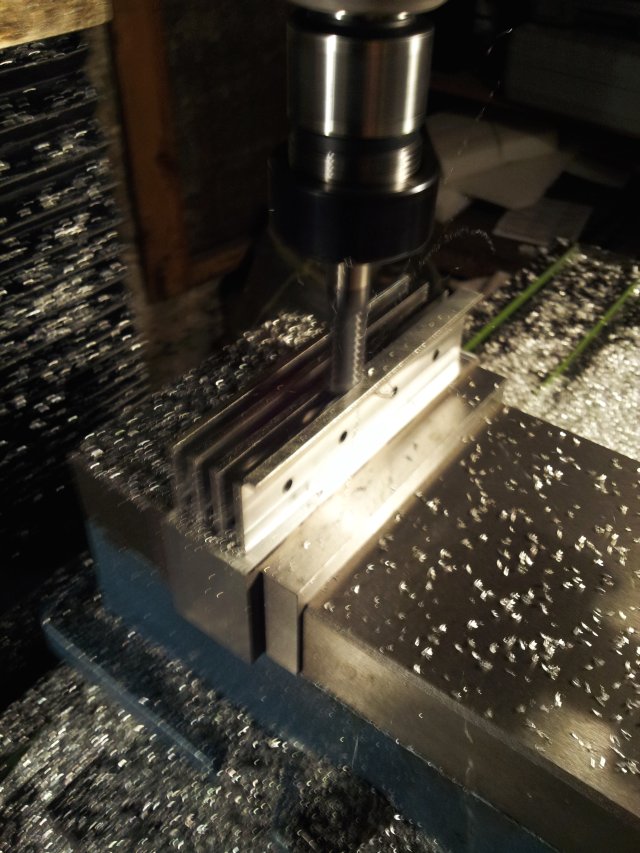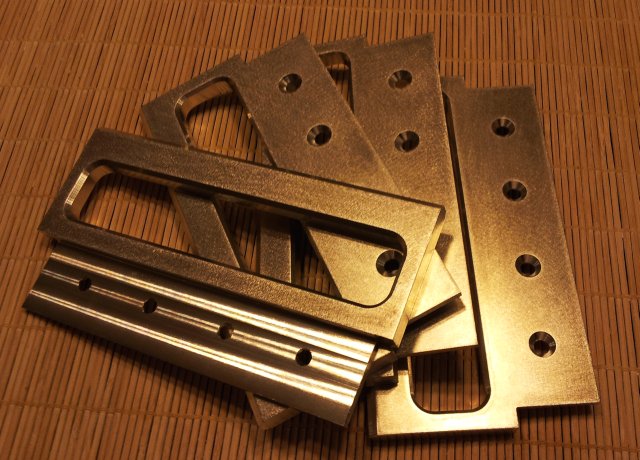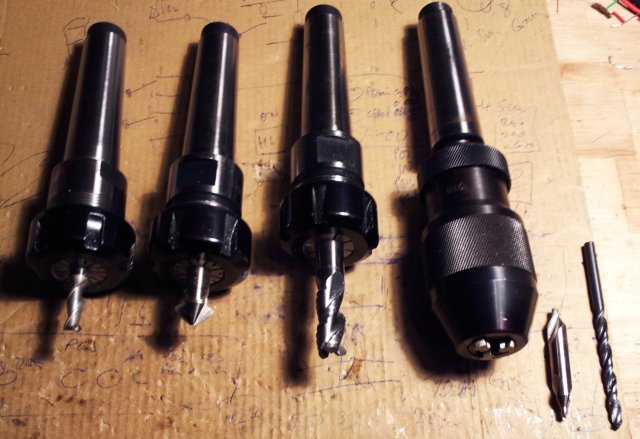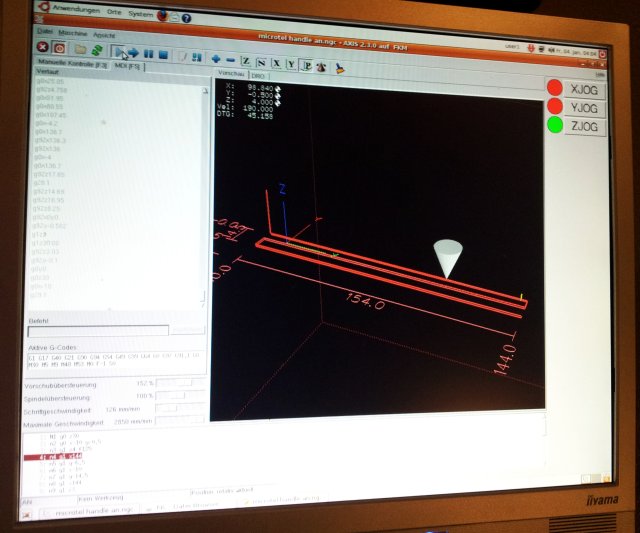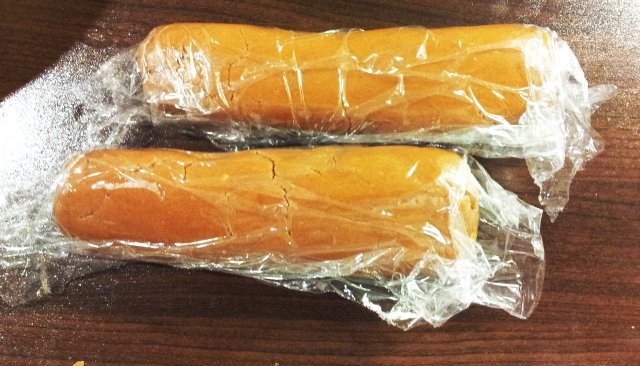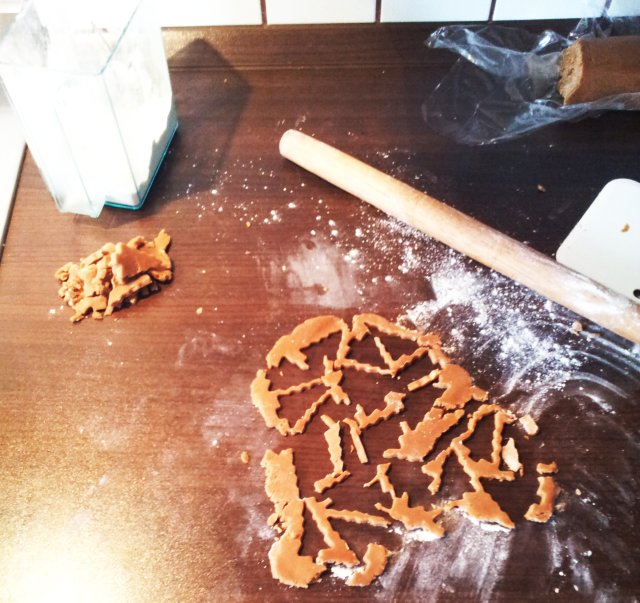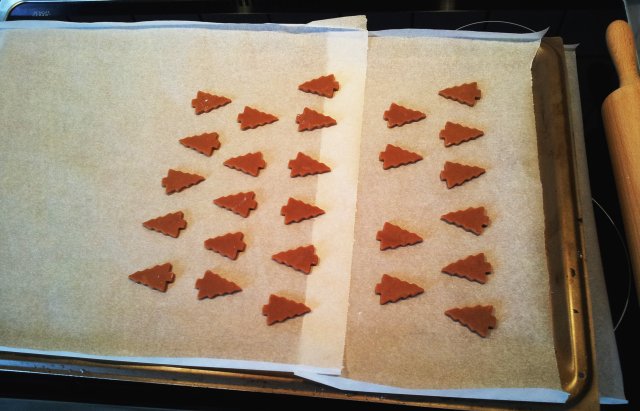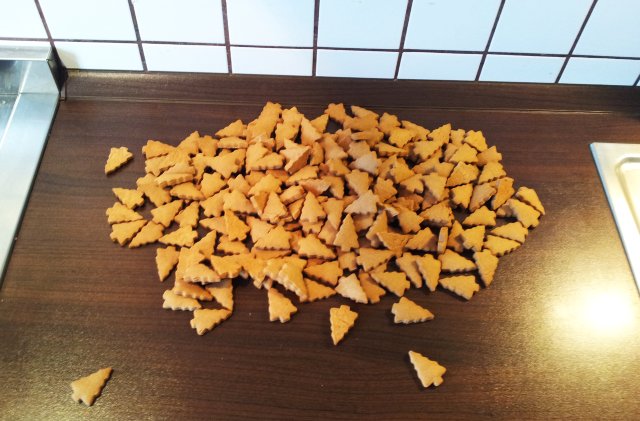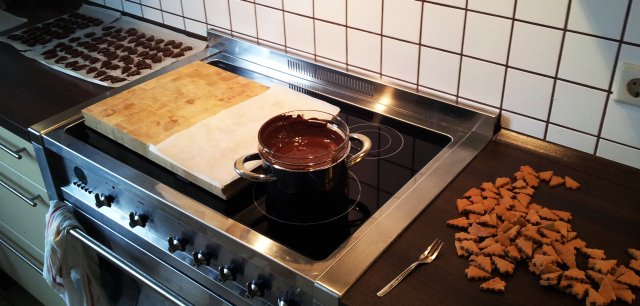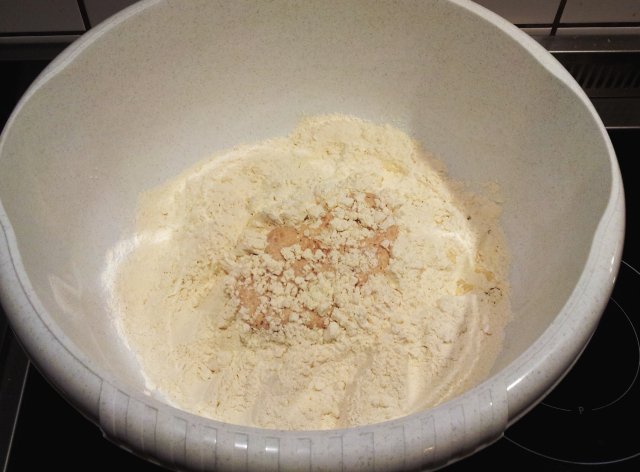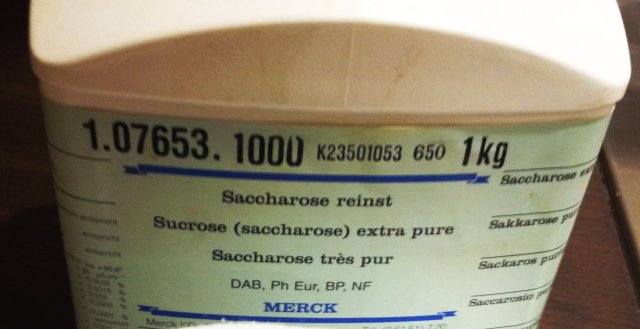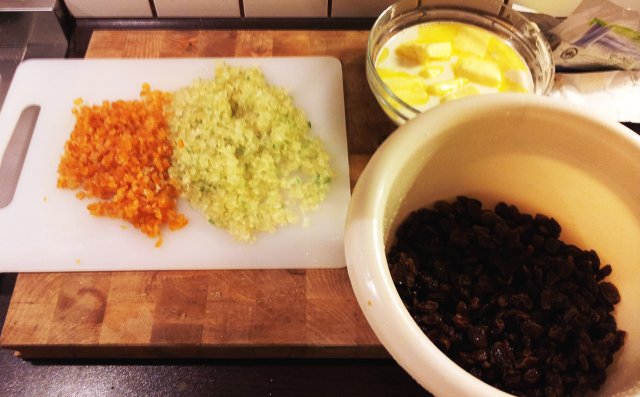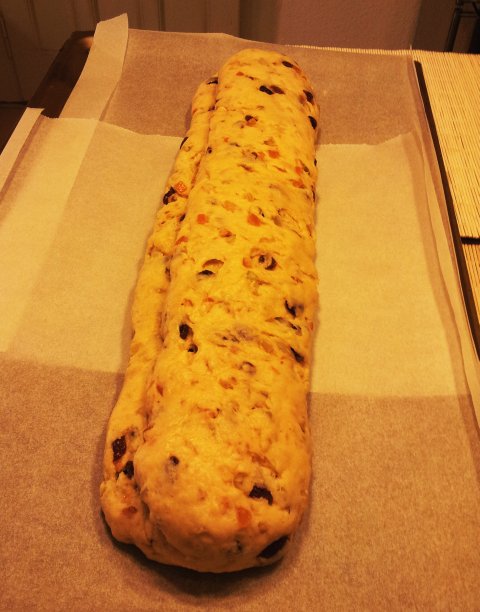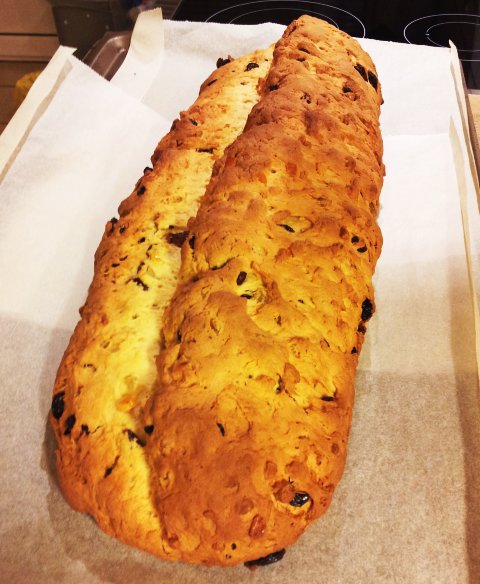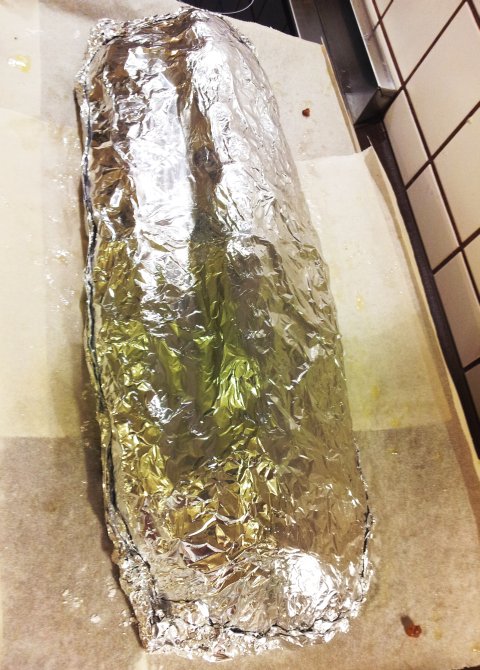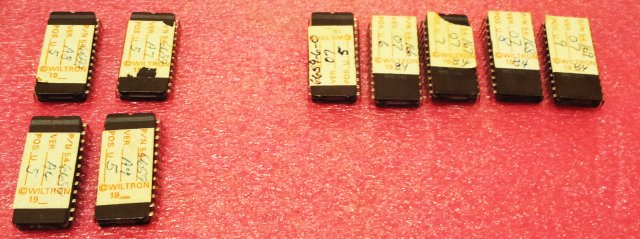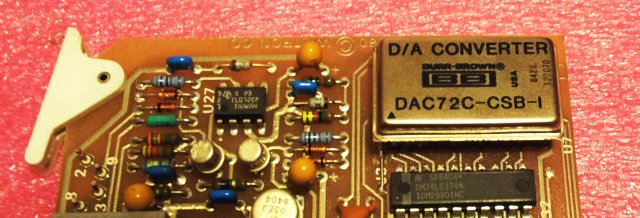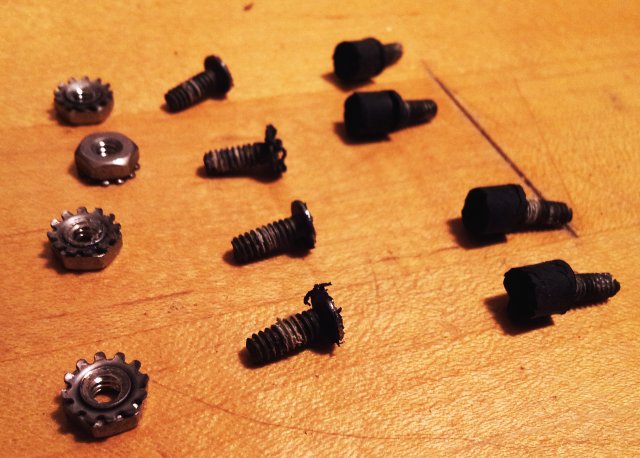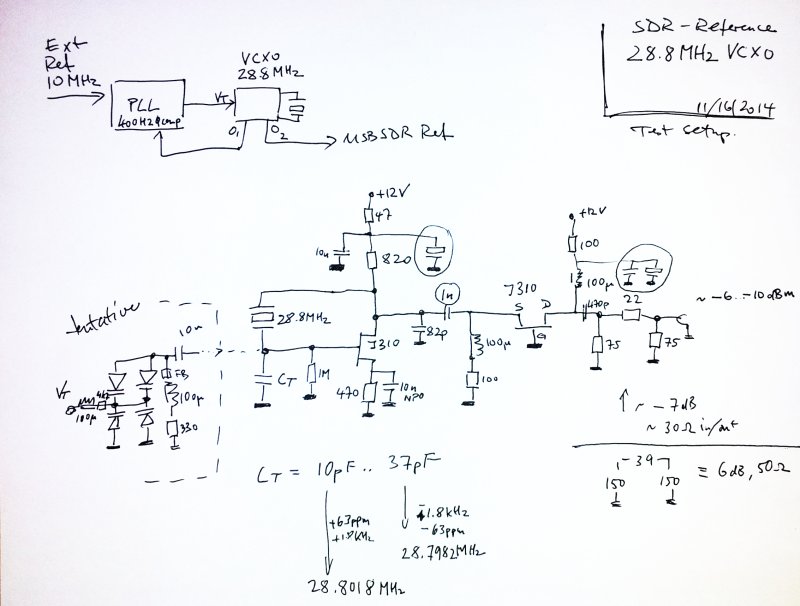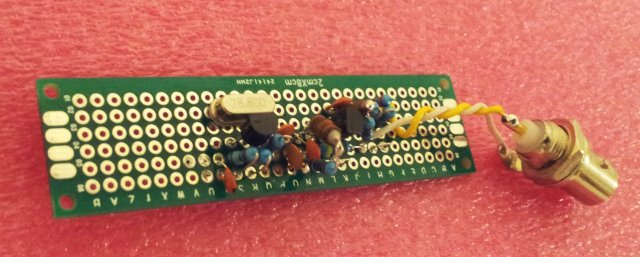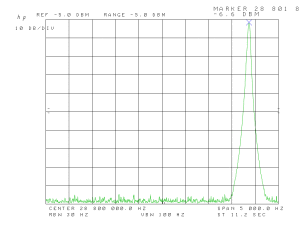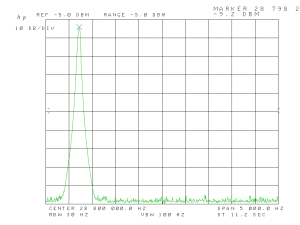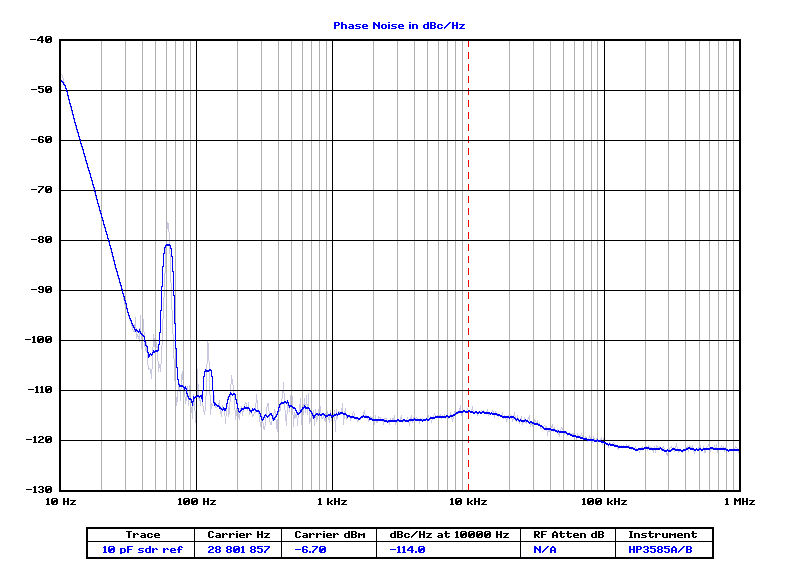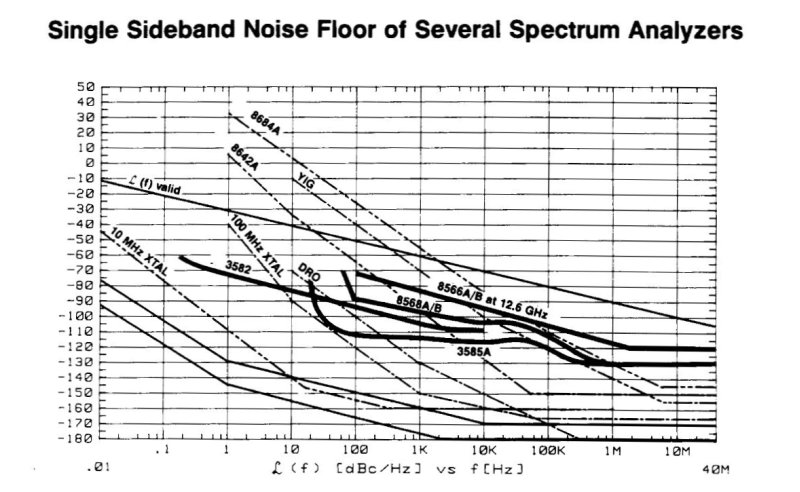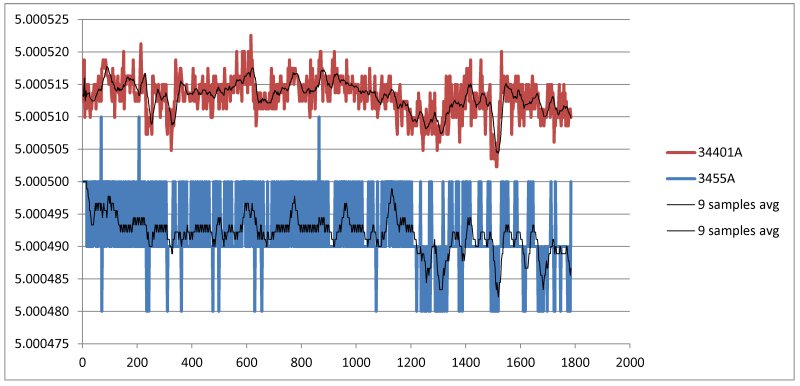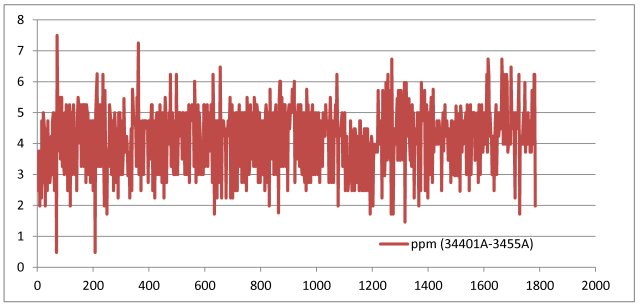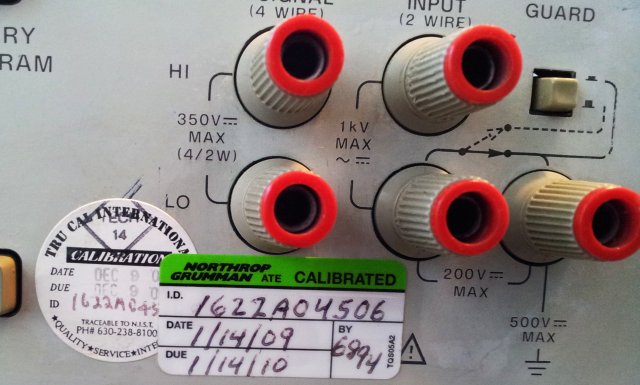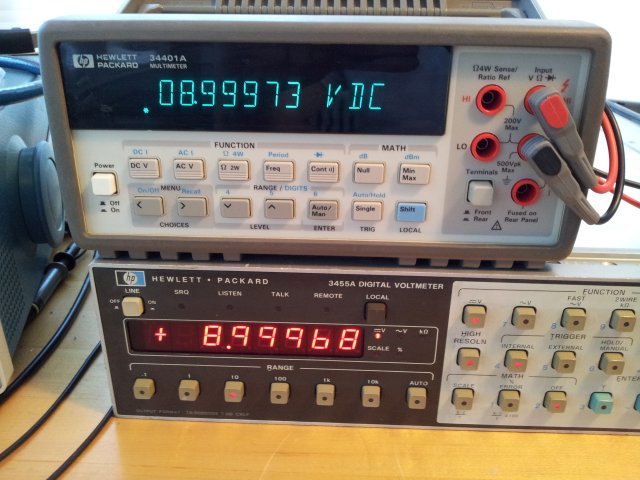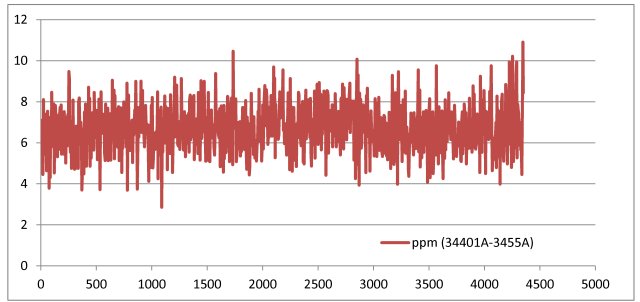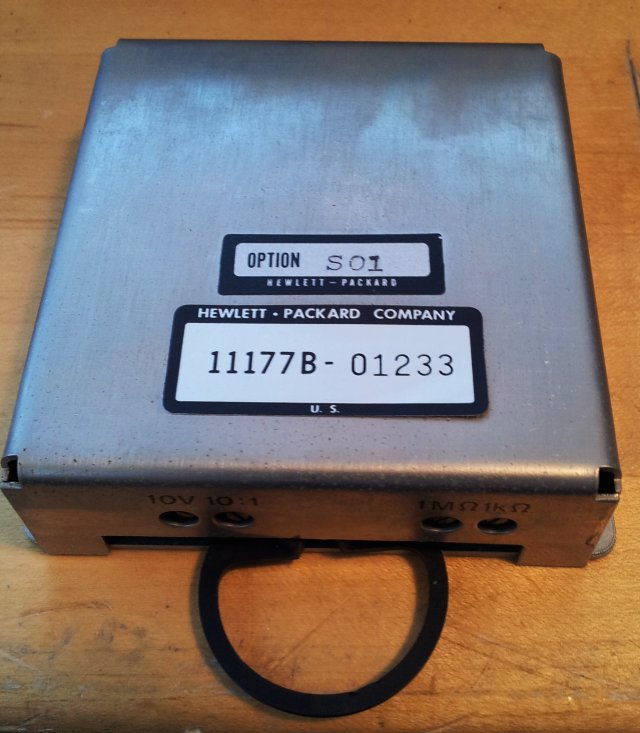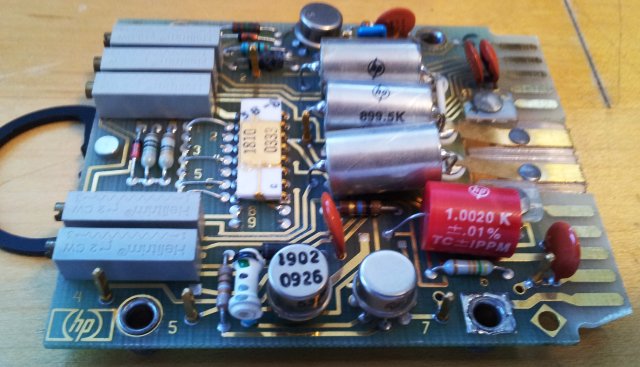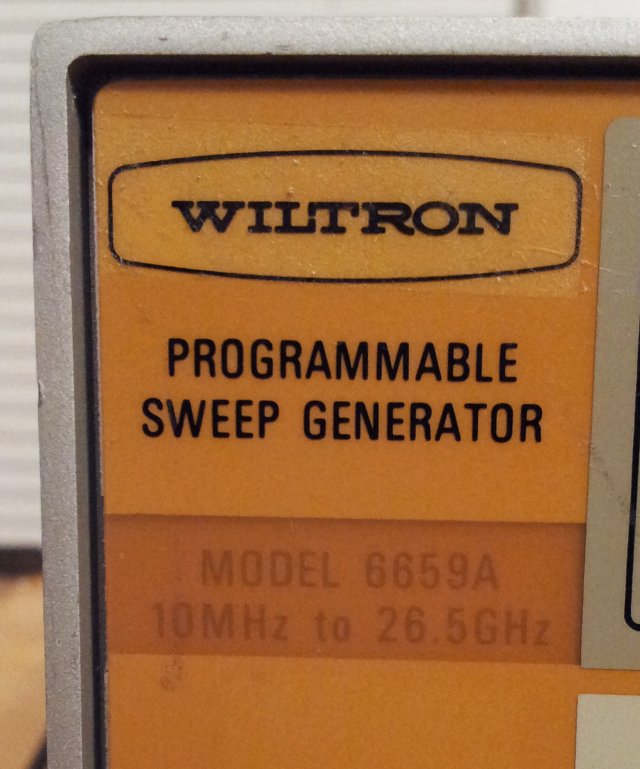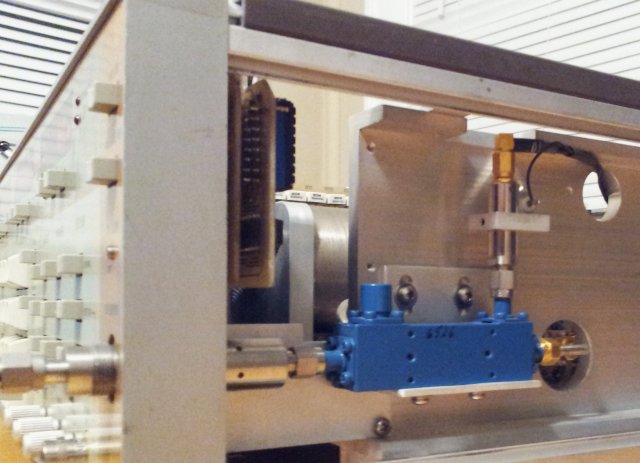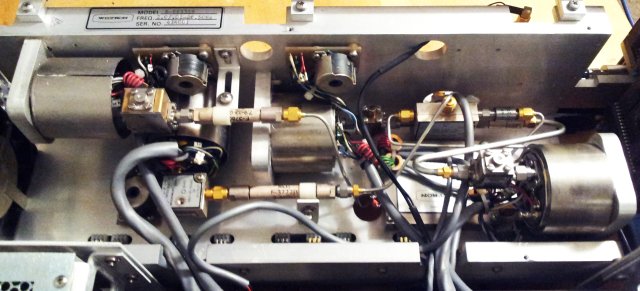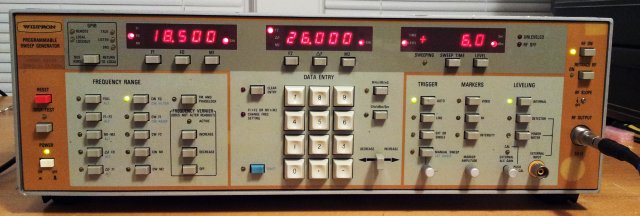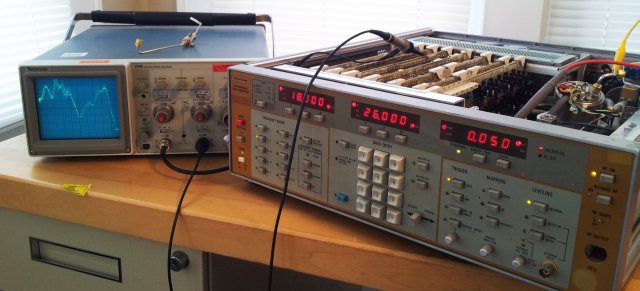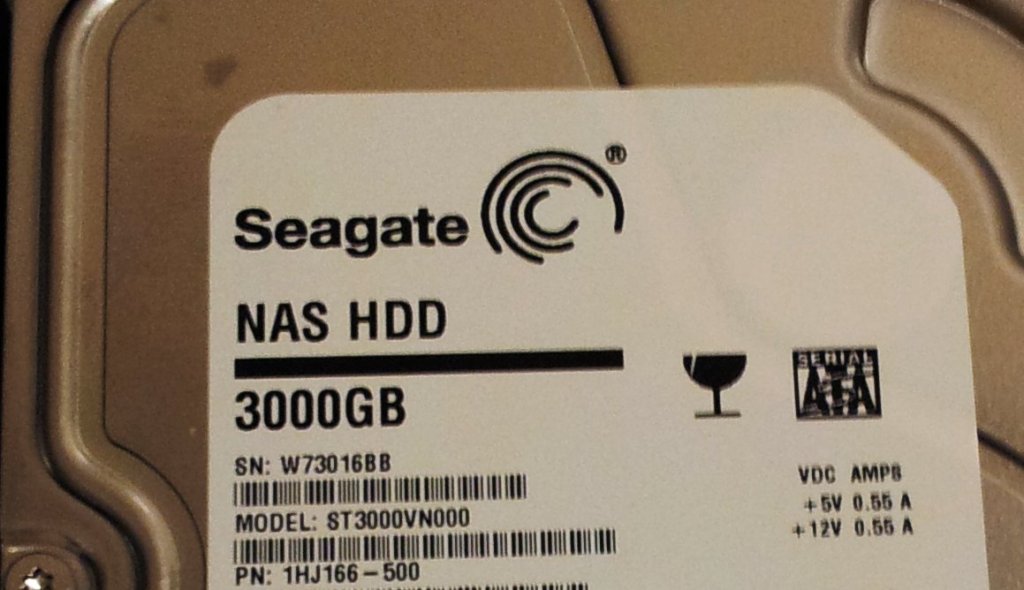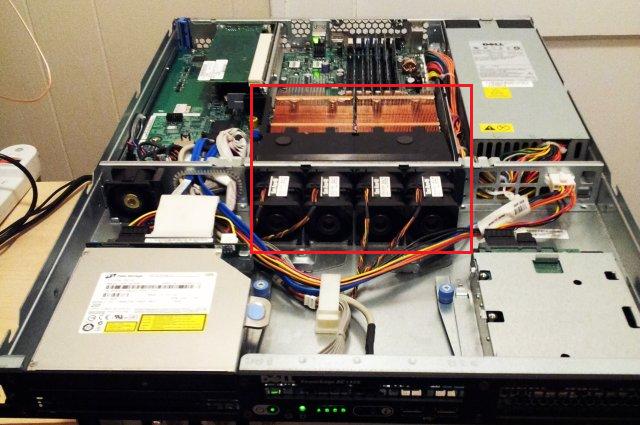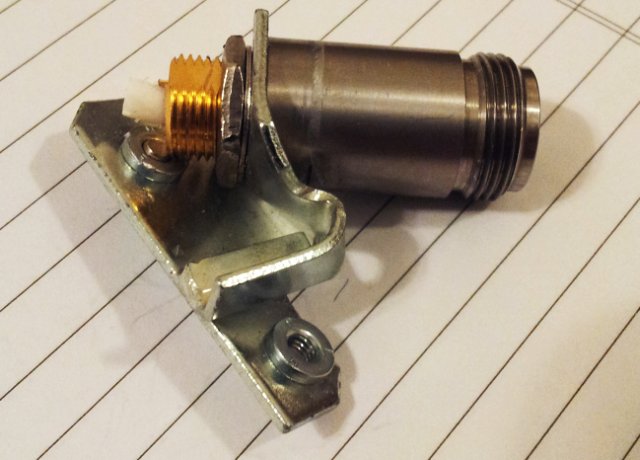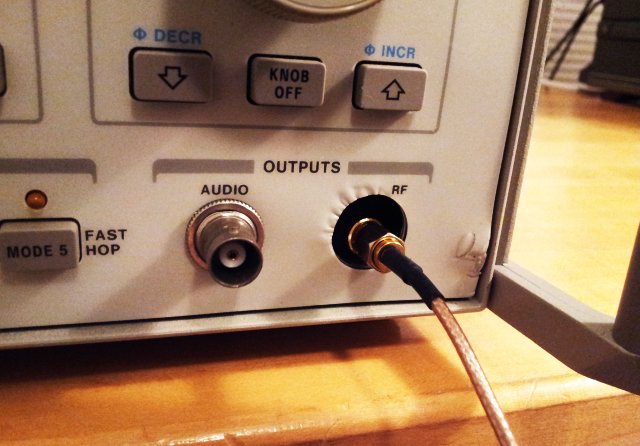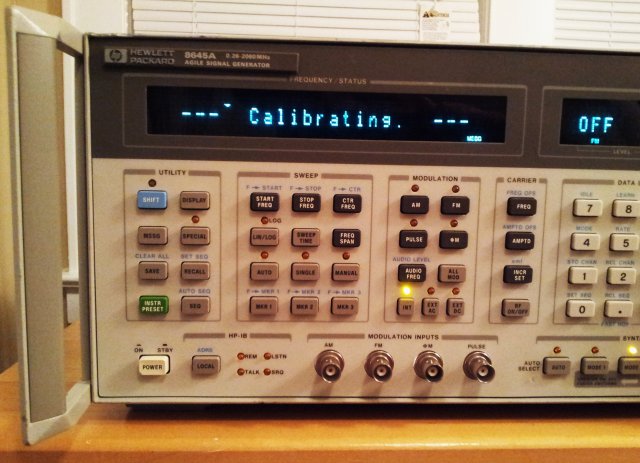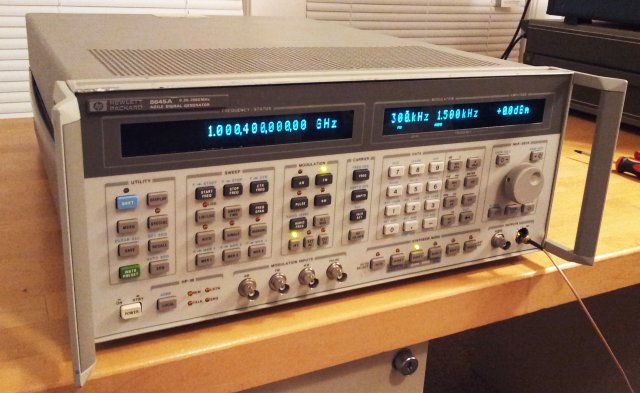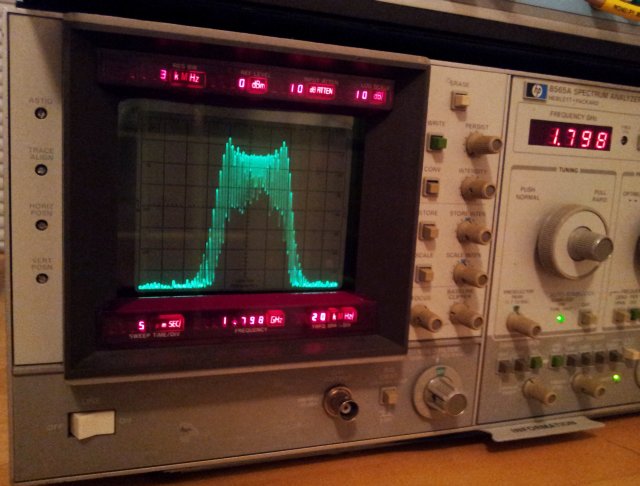For a while I have been looking for a set of of spare handles for the MSR-904A, but to no avail; the unit was missing the handles – had some rough rack-mounting fixtures. Fortunately, most of the Micro-Tel equipment uses the same kind of handle, so at least I know how they should look like.
These handles are actually of a very nice design, and don’t look too complicated to fabricate. So I thought I would give it a try and machine a set of spares.
For the material I selected a piece of 7075 alloy T651 temper (fully hardened, stress relieved). This is a quite strong alloy, and it needs to be because the MSR-904A is heavy, and the full weight rests on handles if it is set down on the floor/carried around, etc.
How to machine such handles – well, it is best done using a CNC mill, and luckily, I have one in the basement, even if it is just a small machine.
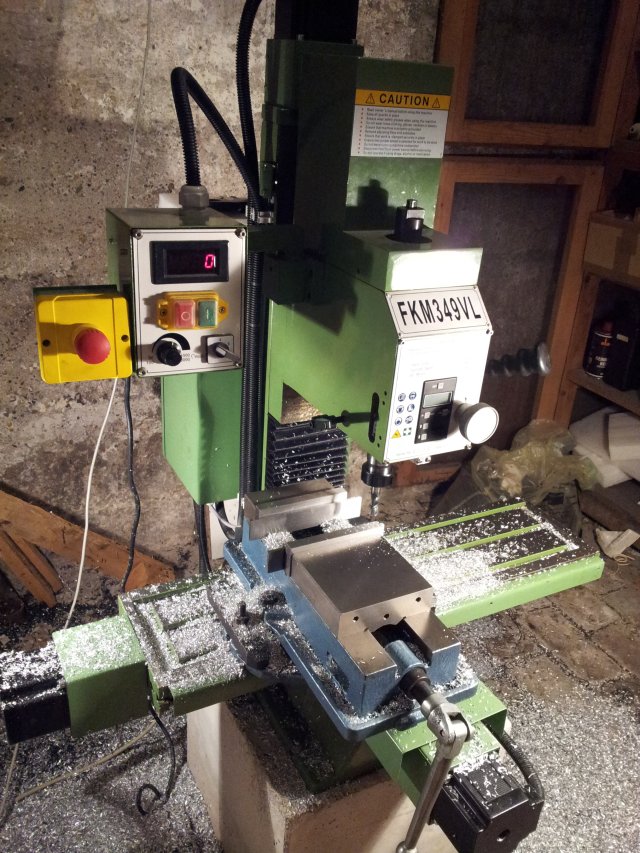
It is a FKM349VL table-top mill, not a very heavy machine, but pretty capable if used correctly. This is not for heavy loads and throughput-optimized toolpaths, but it can yield very usable accuracy, and the surface finish is very nice, provided that good tools are used. Typically, I get parts that are reproducible to within 0.01 mm, and absolute accuracy typically better than 0.03 mm, depending on how the machining goes.
Starting from a plate, first, the opening of the handle was machines, and chamfered. The original handle uses a radius chamfer, but well, I only have tooling for 45° chamfers around, fair enough.
Then, the holes were drilled, and countersunk, followed by machining of the left and right (short) edge.
A bit more tricky, the piece where the handle is mounted to the case. This is fairly thin, and some excess metal was left to allow easy clamping of the piece. Sure, there are other ways of achieving the same result, but it saves a lot of time if the vice doesn’t need to be re-adjusted, and if everything can be done in two or three clamp positions.
As one of the last steps, the excess metal is taken off.
All in all, considerably more effort than I thought:
(1) Cut the plate to approximate size; machine one long side flat
(2) Machine handle cut-out
(3) Machine chamfer (upper side)
(4) Machine left and right edge (short sides)
(5) Spot drill, drill, and countersink holes
(6) Turn around – align
(7) Machine other chamfer
(8) Machine mounting piece
(9) Mount set of 4 pcs upside in vice
(10) Cut-off excess
(11) Cut recess of mount piece, left and right
(12) Machine front chamfer, 2x
(13) Deburr, finish
These were the tools used –
And, not to forget, EMC2 with the Axis interface. Thank You EMC2 (LinuxCNC) team for providing such great software, free of charge!
I might still anodize the handles – but first need to do some tests with 7075 alloy (never anodized this alloy before, and don’t want to waste the handles!).

